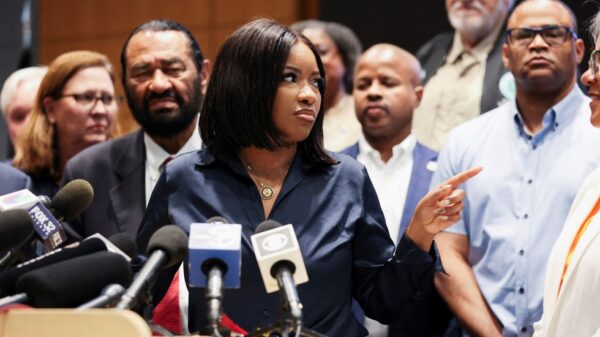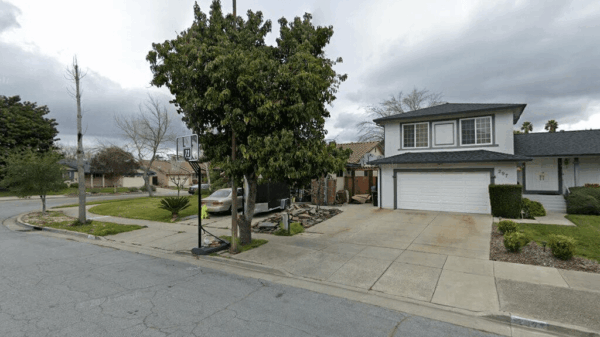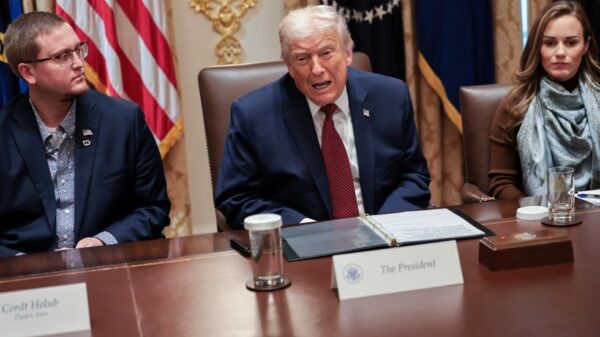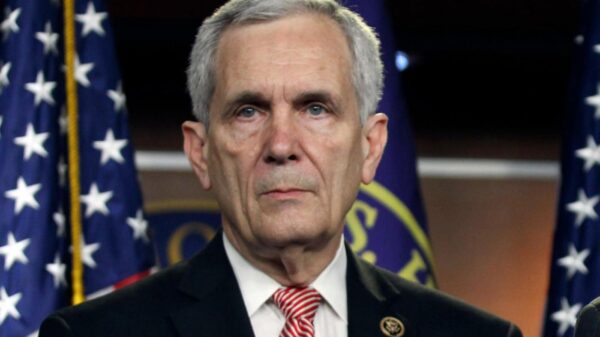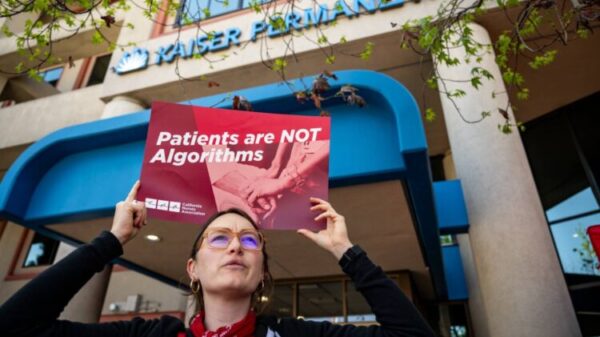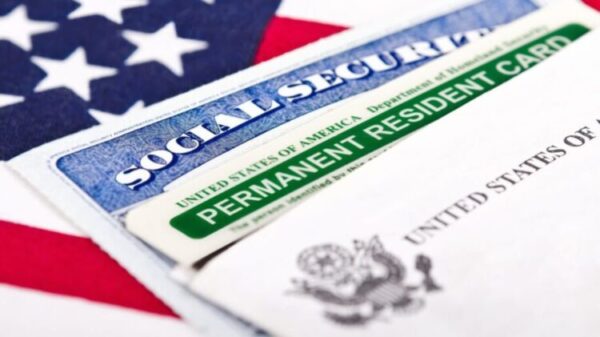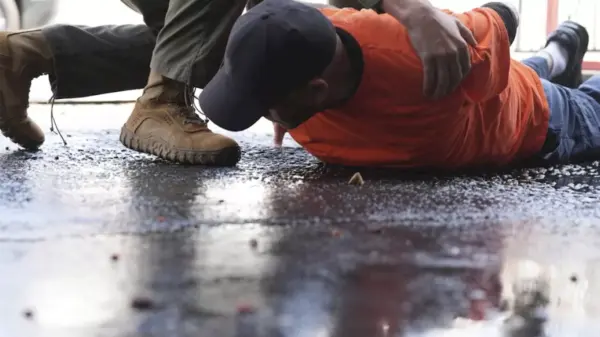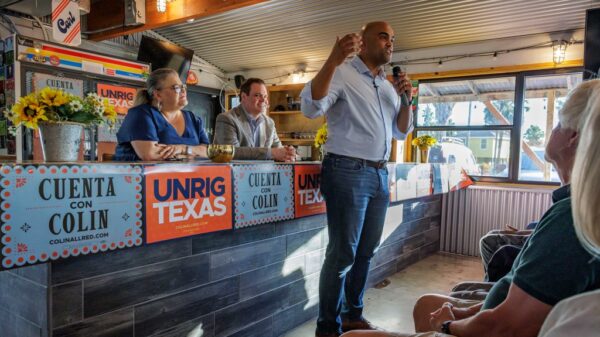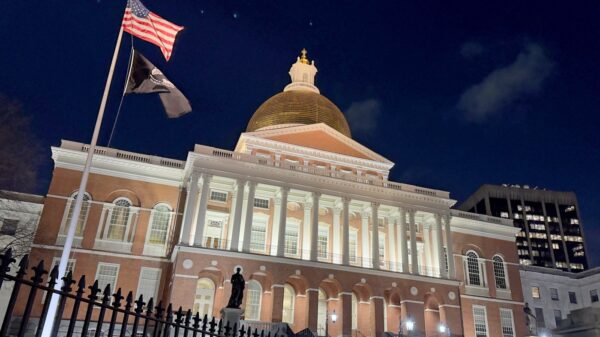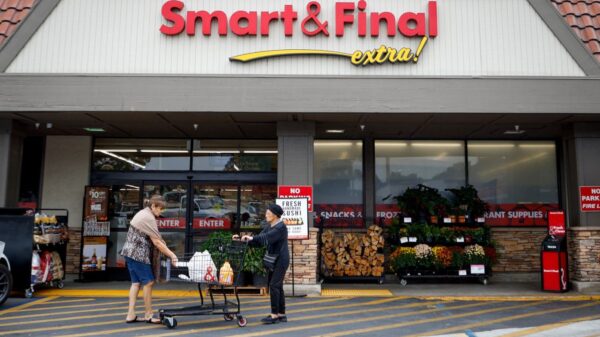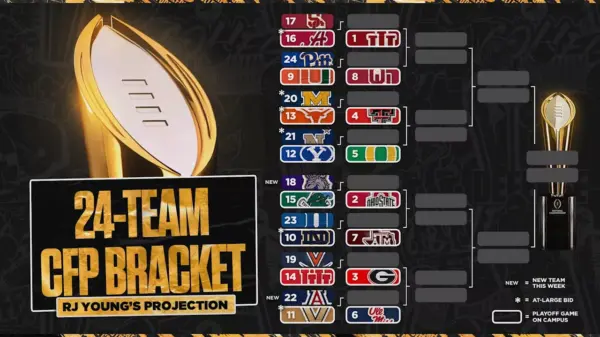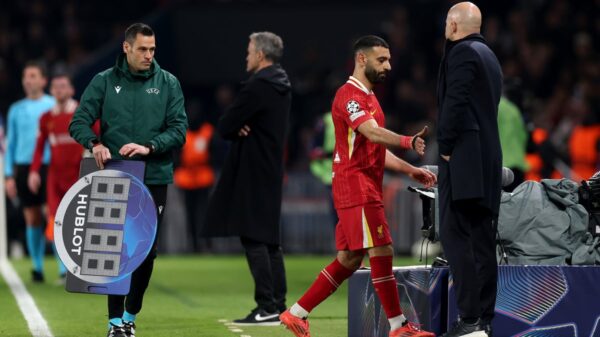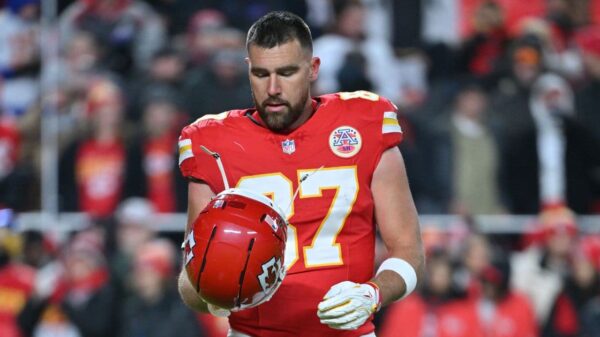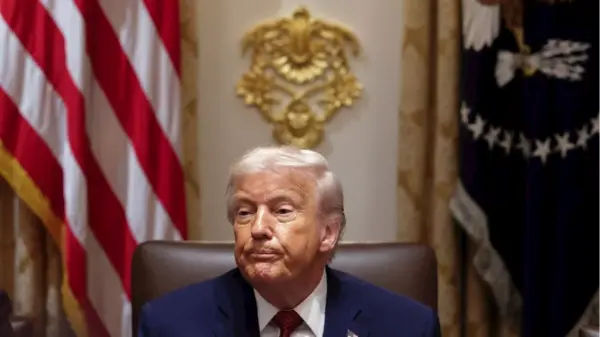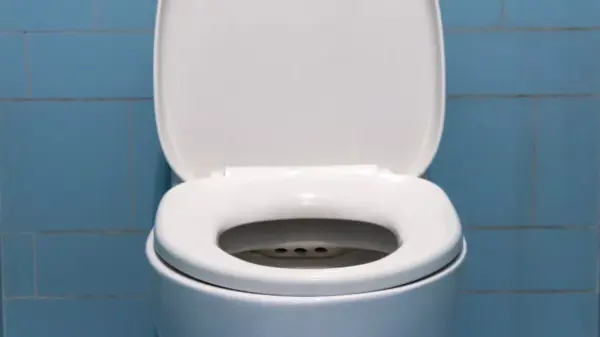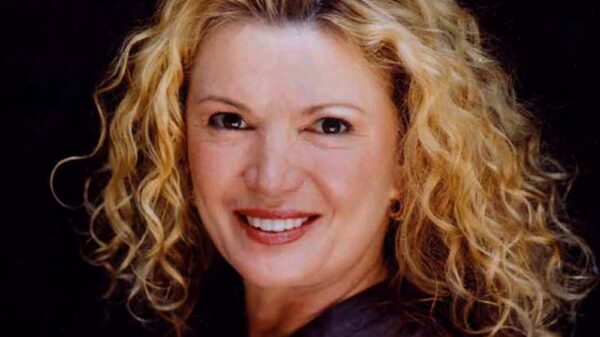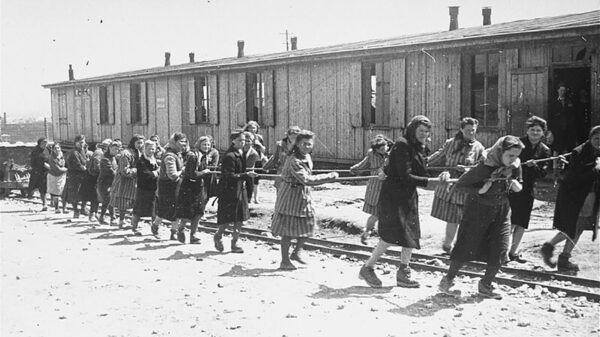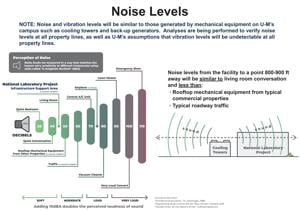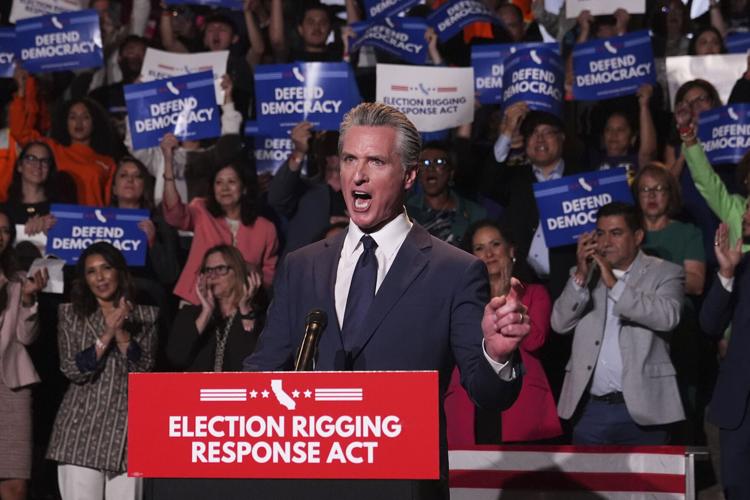President Donald Trump has visited National Guard troops and law enforcement personnel in Washington, D.C., as part of his administration’s intensified crackdown on crime in the capital. This unprecedented deployment has transformed parts of the city, with military transport vehicles now a common sight. The visit reflects the administration’s commitment to enhancing security in response to rising concerns about public safety.
On August 20, 2025, Trump engaged with members of the National Guard at Union Station in Washington. He was accompanied by key officials, including White House Deputy Chief of Staff Stephen Miller, Defense Secretary Pete Hegseth, and Vice President JD Vance. Their presence underscores the administration’s focus on law enforcement and military collaboration in urban areas.
The deployment comes as statistics indicate a significant rise in arrests. According to a law enforcement official who requested anonymity, the average number of daily arrests in Washington during the first ten days of this federal intervention increased by approximately 20%. This figure encompasses arrests made by both local police and federal officers, although it does not account for immigration-related detentions.
Concerns about the militarization of urban environments have sparked protests among residents. Outside Union Station, demonstrators expressed their discontent with the federal presence. Protester Nadine Seiler held a sign near the National Guard members from the 167th Security Forces, while another resident, Joan Ratner, was observed banging a pot on her porch in protest of Trump’s measures.
The atmosphere in Washington has drawn comparisons to occupied territory, as the increased federal presence aims to assert control over the city. Critics argue that such actions may undermine civil liberties and exacerbate tensions between law enforcement and the community.
California Governor Gavin Newsom addressed the situation during a news conference in Los Angeles on August 14, 2025, highlighting the need for a balanced approach to law enforcement that prioritizes community trust and safety. Newsom’s remarks reflect a broader sentiment among some state leaders regarding the implications of federal intervention.
As the situation unfolds, the balance between ensuring public safety and maintaining civil freedoms remains a contentious issue. The coming days will likely determine how the administration’s actions will impact the dynamic between federal authorities and local communities in Washington.


